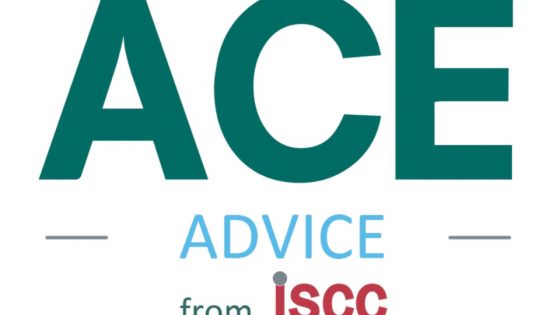One of 10 Arts and Humanities Research Council (AHRC) Doctoral Training Partnerships (DTP) across the UK, the Open-Oxford-Cambridge AHRC DTP brings together the Open University, the University of Oxford, and the University of Cambridge (OOC) to provide funding and high-quality training to doctoral students in the arts and humanities.
Lowri Jones, Manager at Open-Oxford-Cambridge AHRC Doctoral Training Partnership, and Steve Joy, Head of Researcher Development at the University of Cambridge, tell us how they’ve been using Inkpath’s Training Needs Analysis (TNA), to provide a joined-up experience for students…
Lowri, could you tell us how your partnership with Inkpath came about and how you’ve been working together to date?
Lowri Jones: We partnered with Inkpath to deliver an efficient method for administering a TNA, to provide a joined-up experience for students from our three institutions. We also wanted a system that helped our staff focus on the design and delivery of training by reducing their administrative overheads.
The OOC DTP Board was impressed by Inkpath’s skills tracking features, but was looking specifically for a digital platform for a TNA. Inkpath worked with us on a solution. From an administrative side, the platform’s data collection and reporting features were also very appealing.
Steve, what initially made you want to adopt Inkpath at Cambridge?
Steve Joy: I was aware of Inkpath prior to the OOC DTP project, but it was this work that brought the solution back to my attention. For the DTP, I worked directly with Inkpath’s CEO, Dr John Miles, on refining our TNA to fit within the platform.
What Inkpath provides is a simplified yet sophisticated approach to training and development. With Inkpath, we can do a number of things we weren’t previously able to do in terms of marketing of programmes, integrating TNA with planning and booking, capturing reflective learning and user-generated content, and bespoke reporting.
Inkpath was also incredibly constructive about the other types of reporting we might need – they were always willing to work with us on our requirements and goals.
Steve, how did you take Inkpath from a DTP to a Cambridge setting? What were the barriers and how did you overcome them?
Steve: In the summer of 2020, we were reviewing Researcher Development strategy at Cambridge in light of the pivot to digital. Our main source of data was records of attendance at formal training, which obviously gives quite a limited picture of what a researcher might be doing to support their professional development, and we weren’t able to achieve much granularity in the data.
At Cambridge, there are 12 specialist services which deliver elements of Researcher Development training as part of their work, and at the moment a researcher has to engage with each of those specialist programmes separately. Our plan is to be in a position where our researchers can use Inkpath to book and track all of their training across the different teams, and where all of their information and data is stored neatly and securely in one place. We’re aiming to create a seamless user experience for all of our researchers.
Lowri, what has the sign up been like so far at Oxford?
Lowri: We’ve been using Inkpath since 2019. We don’t require our students to use it, but we expect them to. We give them opportunities to sign up independently, then we follow up individually with people who haven’t yet joined. We are not far off 100% now.
Without any paper and using a fully automated process, approximately 60% of students completed their Training Needs Analysis in two weeks. With the OOC DTP, we try to open up training and resource across the three universities to any of our students. With Inkpath, we now have the ability to do this.
Lowri, how else is Inkpath proven useful to you?
Lowri: Through Inkpath, we can easily see which students are engaging with our training programmes and which aren’t. It gives us the tools to go and find out why a student may have dropped off the radar. Perhaps that student might need further support.
Also, rather than surveying our students on their training activities annually, I start with the data in Inkpath. This means our surveys can be shorter and more targeted.
What’s it been like to work closely with Inkpath to develop the software around your needs, and how do you hope to continue to work together over the coming months?
Steve: I feel like, right from day one, the conversation wasn’t, ‘this is what we’re offering’ the conversation was, ‘tell us what you need.’
We’re planning for an extensive period of trial and error, and consultations with everyone who needs to understand Inkpath. I’m getting positive noises from colleagues who’ve seen it who want to know if it can be used for their programmes too.
Lowri: For the OOC DTP, we’ll be looking to make the platform even more joined-up to allow us to support students further – most likely through matching up student training needs more closely with the workshops we offer.






Leave a Reply